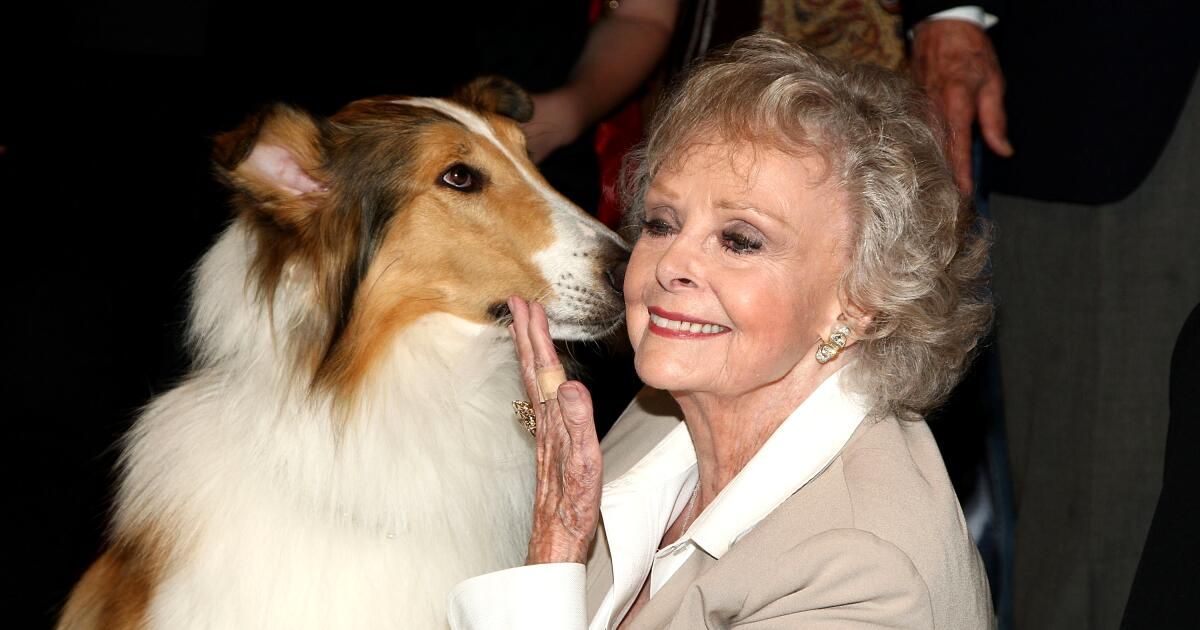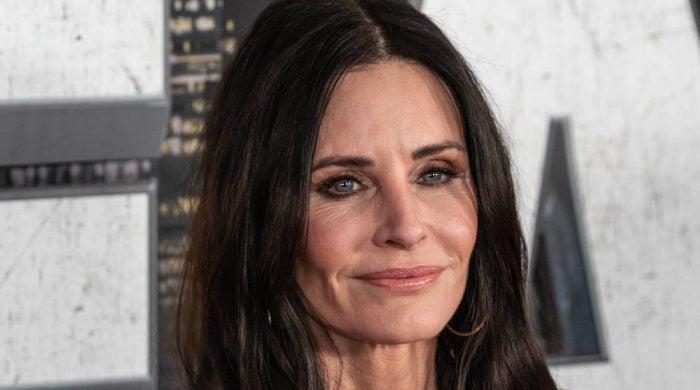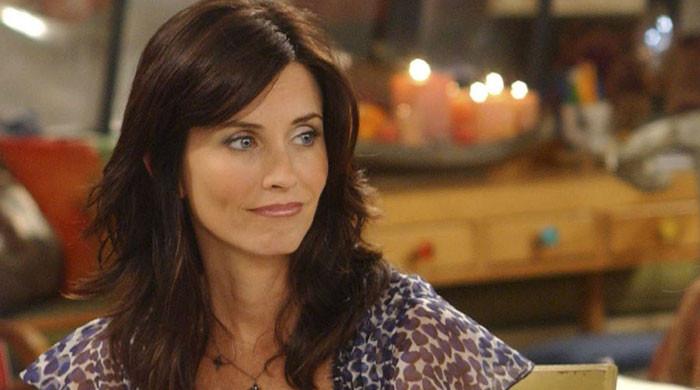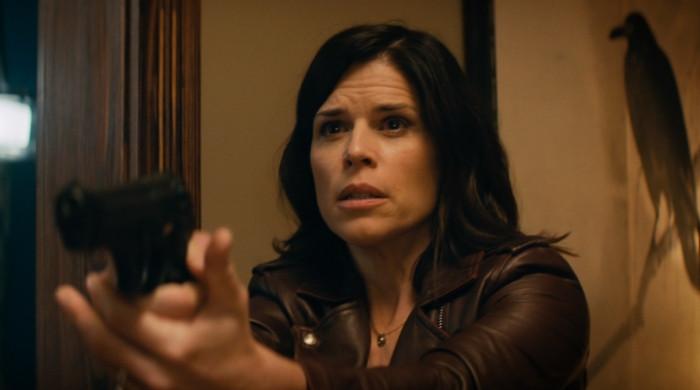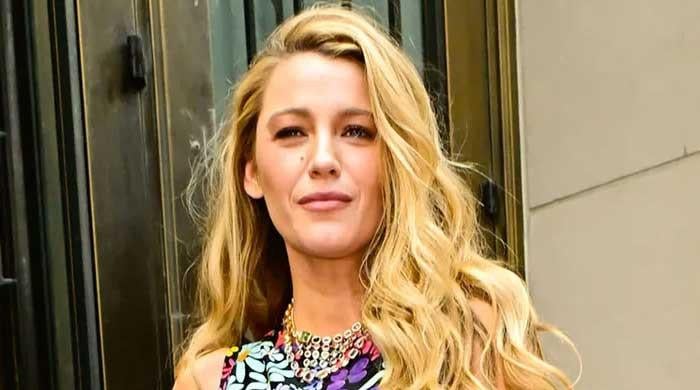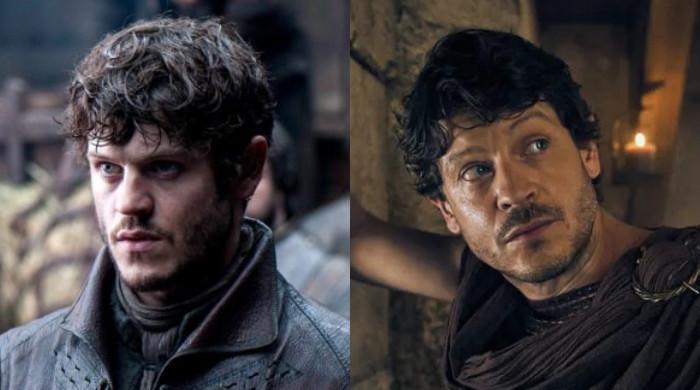In the two decades following the end of World War II, the cultural gods declared that families should be nuclear—that is, atomic—and that women, who had joined the workforce in record numbers while men were in the military, should return to the kitchen. On television it was, therefore, a time of mothers: wise domestic goddesses whose energies were largely focused on raising children. Barbara Billingsley (June Cleaver in “Leave It to Beaver”), Jane Wyatt (Margaret Anderson in “Father Knows Best,” but did she, really?), Donna Reed (Donna Stone in “The Donna Reed Show”), Harriet Nelson (as… Harriet Nelson in “The Adventures of Ozzie and Harriet”) and, undoubtedly, the late June Lockhart, who played a mother in the adventure of the boy and his dog. series “Lassie” and in “Lost in Space,” Irwin Allen's science fiction fiction about “The Swiss Family Robinson.”
Pretty in a non-intimidating way, with wide-set eyes, a turned-up nose and a broad smile that made her instantly recognizable throughout her life, Lockhart, who died Thursday at age 100, played strong women with a cheerful simplicity, sometimes restricted by the prejudices of the time (that is, by what writers felt a woman on television could be shown to do), but always able to do what she wanted. had to be done. She could get stern or angry, but her main qualities were predictability and stability, which, after all, is what any child expects from a parent.
June Lockhart: It's a name you might have made up for her if she hadn't already been called June Lockhart. She was born in June (June 25, 1925), daughter of actors Gene and Kathleen Lockhart. His first film role was opposite his parents in a 1938 production of “A Christmas Carol.” They were all Cratchit.
The beginnings of her career were those of a second-rate actress under Hollywood contract: a memorable supporting scene in “Meet Me in St. Louis,” the protagonist of the unforgettable “She-Wolf of London.” Television, when it arrived, offered a series of guest episodic outings, until in 1958, at age 33, Lockhart joined the cast of “Lassie,” replacing Cloris Leachman, who had played the role of Ruth Martin for a single season as the series transitioned from its initial seasons of “Jeff's Collie” to the more memorable years of “Timmy and “Lassie.” (It continued beyond those years, until 1973).
Descended in a twisted line from the 1943 Elizabeth Taylor and Roddy McDowall film “Lassie Come Home” (Lockhart had appeared in the war-themed sequel “Son of Lassie” as a romantic interest for Peter Lawford), the series was the quintessence of sentimental integrity. Yet for all the corn, it's still surprisingly watchable, six decades later. In fact, the writing of this little tribute has been considerably slowed down by my observation.
Jon Provost played Timmy, a well-meaning but reckless boy who often finds himself in life-threatening situations that require Lassie to alert his parents and guide them to him. (It's not the only type of dilemma the family will face, but it happens frequently.) Ruth, nominally a farmwife, has a suburban housewife style, usually wearing an apron over a shirt even when not working in the kitchen; implying that it simply was, or is about to be. (In one episode, she gushes over “a new modern, shiny white, second-hand, electrically operated refrigerator” to replace her old refrigerator. Lassie, less enthusiastic, refuses to eat any food in it. Ruth to Lassie: “We have no room in this house for two headstrong women.”) Occasionally, if a nighttime emergency gets her out of bed, she may be photographed in a bathrobe with her hair down; Seeing her, atypically, at the top of an apricot tree, wearing a sun hat and doing some farm work for once, is strangely exciting.
Timmy also had a father (he was actually an adopted son, a point the series does not address): Paul, played by Hugh Reilly, who did not achieve the level of pop culture permanence as Lockhart; If you had told me Ruth was a single mother, I would have believed you. The strange thing about watching the show now, as a discerning adult, is realizing how little the dog (or dogs, three during Provost's tenure) relates to the boy; he is always looking at his coach, like an actor leaning on cue cards. (Lassie was female, but the dogs who played her, including Pal, Lassie Junior, Spook, Baby, Mire, and Hey Hey, were male.) Because she is almost always home, Ruth is the human being Timmy spends the most time with; At the level of shared scenes and acting connection, “Lassie” was the story of a mother and a son.
Lockhart's casting as Maureen Robinson in “Lost in Space” seems like a line lifted from Ruth Martin, as “Lassie” established her as an archetypal figure of motherhood. In the sense that Maureen has a young son who gets into trouble and a non-human friend who tries to keep him safe – “Danger, Will Robinson!” said the Robot – “Lost in Space” sounds like a distant echo of the previous series. But it is a show without intimacy; There are many other characters who get in Maureen's way, and her son Will (Billy Mumy) spends all his time with the comical and cowardly Dr. Smith (Jonathan Harris), getting into increasingly absurd troubles. Maureen's astrohusband, Professor Lieutenant Colonel John Robinson (Guy Williams), is not a kind companion as in “Lassie,” but the highest-ranking officer on the mission, who tends to act as such even within the family. Maureen is apparently a biochemist, but her job on the spaceship is basically gardening and cooking; she is there to be a mother when (rarely) needed, to represent the mature feminine element, smile indulgently, tell the children to be careful, and generally inject warmth and humanity into the frigid confines of space. It is underused but absolutely necessary.
In her third regular television role, in the rural comedy “Petticoat Junction,” Lockhart played a new doctor in the fictional village of Hooterville; It takes a three-episode arc for the citizens to get them to accept that a doctor can be a woman and a woman a doctor. (“Here's an MD lady/She's as pretty as can be,” go the lyrics of the revamped theme song, summarizing the culture's confusion about what to value in a woman.) She entered the series, part of what could be called the Beverly Hillbillies Extended Universe along with “Green Acres,” in 1968, immediately after the cancellation of “Lost in Space,” as Kate Bradley's replacement for the late Bea Benaderet. owner of the Shady Rest hotel. Her Dr. Janet Craig is single and childless (she's not a widow, the standard marital status for single women over a certain age), but the show introduces her as a surrogate and surrogate mother to Kate's three adult daughters. The actor radiates happiness in a happy role in a happy show.
Lockhart again played a (widowed) mother in 1974's “These Are the Days,” a single-season “realistic” animated cartoon about an early 20th-century family. She hosted beauty pageants and the Macy's Rose Parade and Thanksgiving Day Parade, appeared on game shows, made recurring appearances on “General Hospital” and made many guest appearances in television episodes, from “Magnum PI” to “The Drew Carey Show” and “Grey's Anatomy.” She made a cameo in the 1998 film “Lost in Space,” where Mimi Rogers played her old character, and played the voice of Alpha Control in the 2018 Netflix series reboot, in which Molly Parker played Maureen. They may have been given more to do than Lockhart (the Netflix series is excellent), but they are still squatters in the space she cleared and will own forever.

